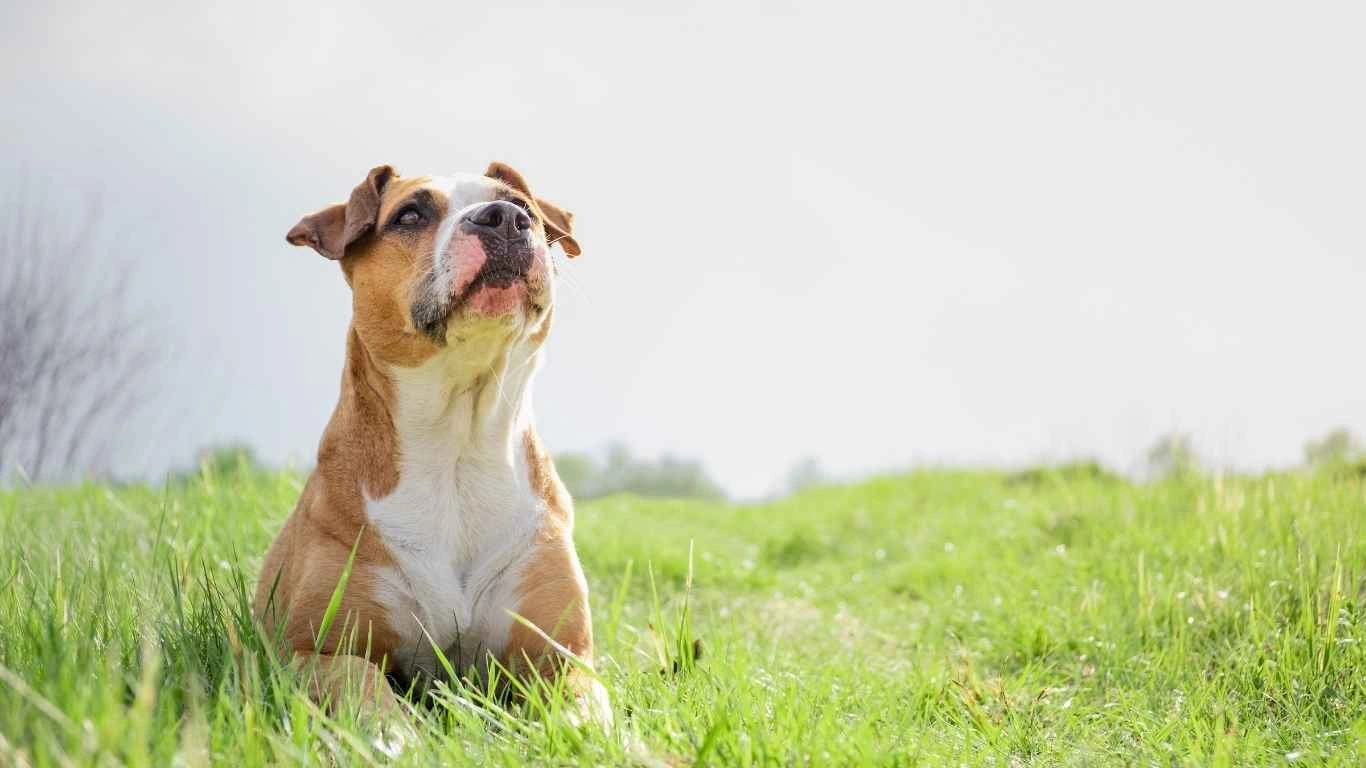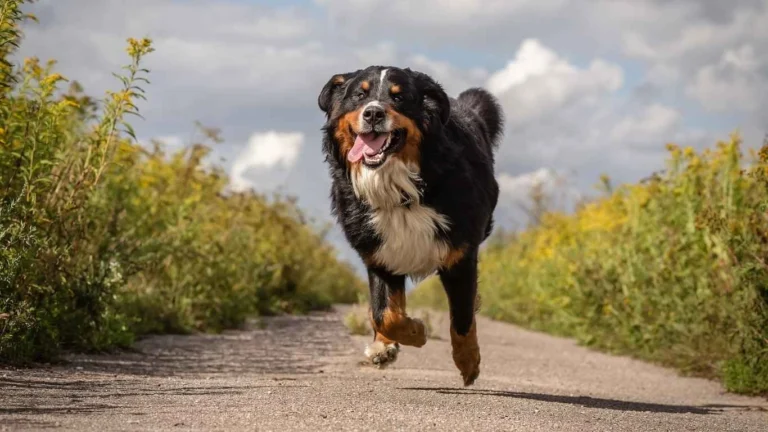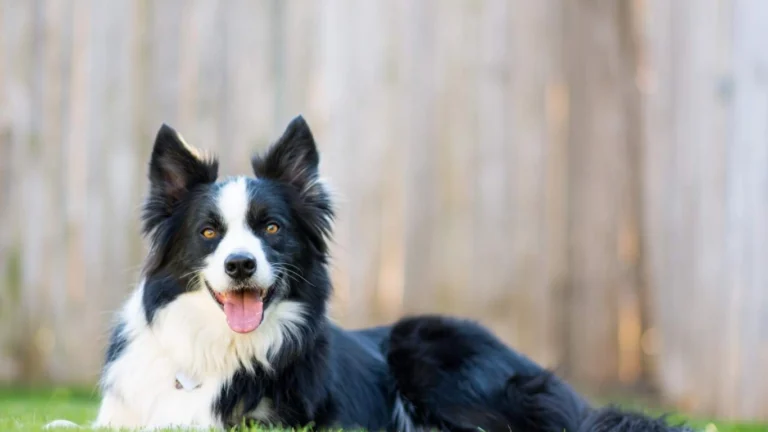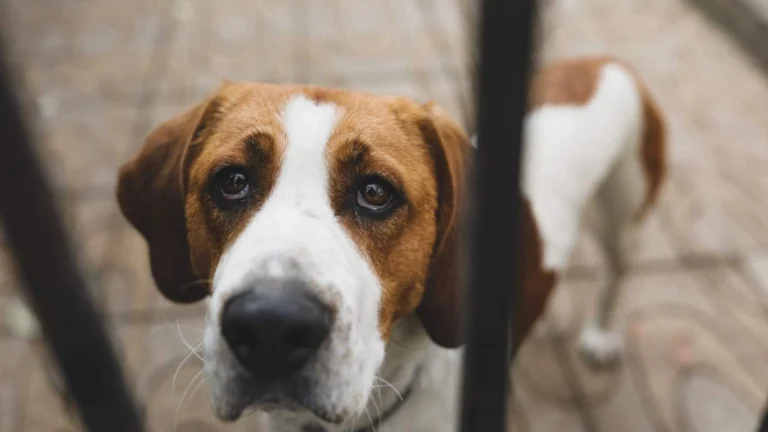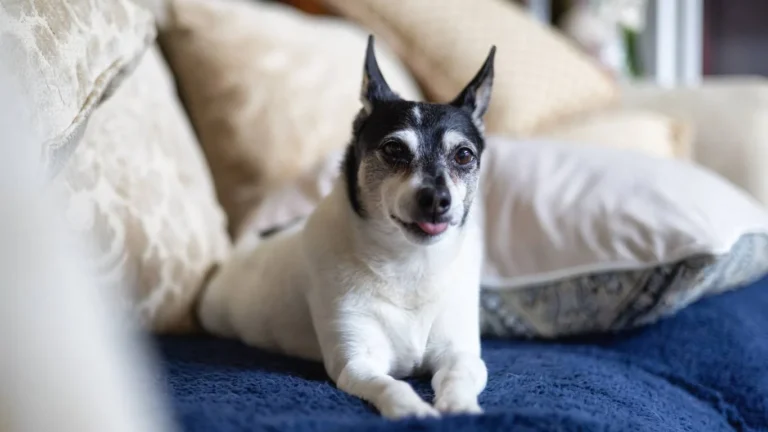Can Dogs Eat Chickpeas Safely? Discover the Surprising Truth
If you’re anything like me, you’ve probably caught your pup eyeing your plate with those irresistible puppy-dog eyes more times than you can count. As an Animal Care Specialist who’s worked in both pet clinics and shelters, I get asked this a *lot*: can dogs eat chickpeas? It’s a fair question—especially with more dog parents leaning into healthy, whole-food treats over processed snacks. Spoiler: the answer isn’t a simple yes or no. It depends on how they’re served, your dog’s health, and a few other nitty-gritty details. So let’s dig into it, one bite at a time.
Are Chickpeas Safe for Dogs?
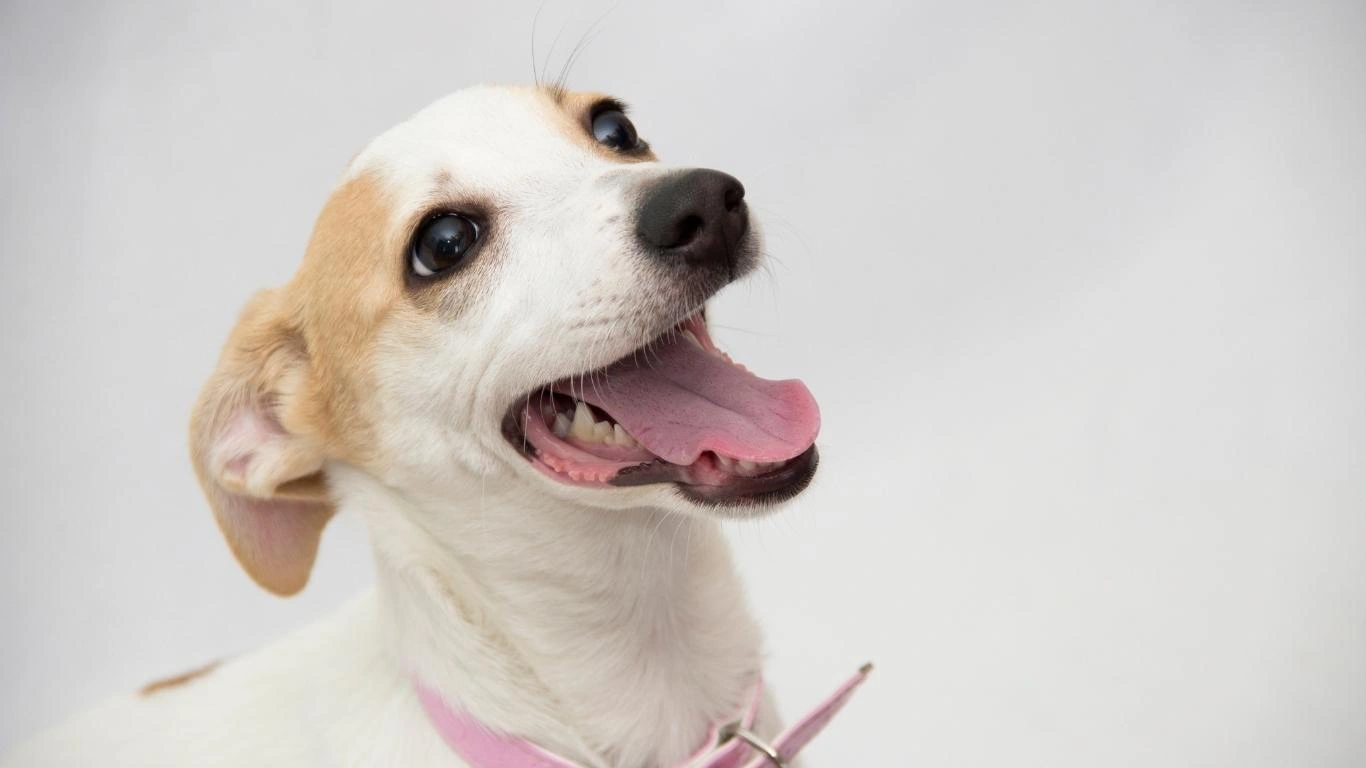
Chickpeas, also known as garbanzo beans, are one of those pantry staples that seem innocent enough. They’re packed with plant-based protein, fiber, vitamins like B6, and minerals such as iron and magnesium. So, nutritionally speaking, they’re not just good for us humans—they can offer some decent benefits to our furry friends too.
But here’s where my experience comes in. Back at the shelter, we used to rotate different protein and fiber sources for our dogs with sensitive stomachs. And while chickpeas weren’t the star of the show, we did see a few pups thrive when they were part of a home-cooked diet. Still, moderation is the name of the game.
What’s in Chickpeas That Dogs Might Benefit From?
- Protein: Plant-based, but still a useful addition in small amounts.
- Fiber: Great for digestion, especially in dogs prone to constipation.
- Low Fat: Helpful if your pup is on a weight management plan.
- Vitamins & Minerals: B6, iron, magnesium, potassium—yes, please!
That said, don’t expect chickpeas to replace a balanced dog diet. They’re more of a bonus ingredient than a main course. Think of them like the parsley garnish on your dinner plate—nice to have, but not enough to live on.
When Chickpeas Are a Bad Idea
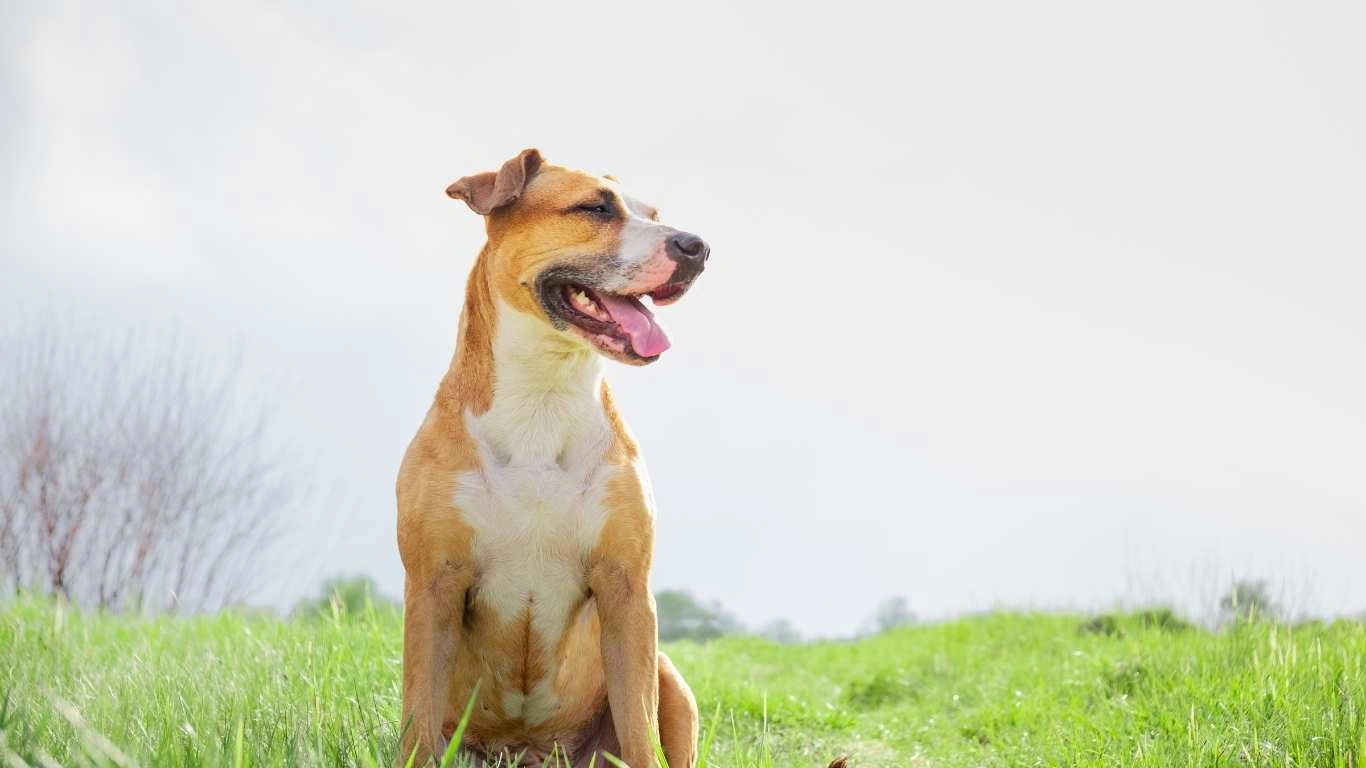
Okay, time for the not-so-fun part. While chickpeas are generally safe, there are a few situations where they can do more harm than good. Trust me, I’ve seen more than one poor pup come into the clinic gassy and bloated after scarfing down a bunch of canned beans.
Common Mistakes Dog Parents Make
- Seasoned or Spiced Chickpeas: Garlic, onion, salt—no-go zone. Even a little can upset your dog’s tummy or worse.
- Canned with Additives: Some canned chickpeas contain preservatives or added sodium. Always read the label.
- Fed in Bulk: High fiber is great—until it’s not. Too much can cause diarrhea or constipation.
- Raw or Undercooked: These are hard to digest and can cause stomach upset. Always cook them fully and serve plain.
One time, we had a sweet little pit mix named Roxy who got into a pantry bag of dry, uncooked chickpeas. It wasn’t pretty. She ended up at the clinic with a rock-hard belly and zero appetite. A little gas is manageable. A full-blown digestive blockage? Not so much.
How to Serve Chickpeas to Dogs (Safely)
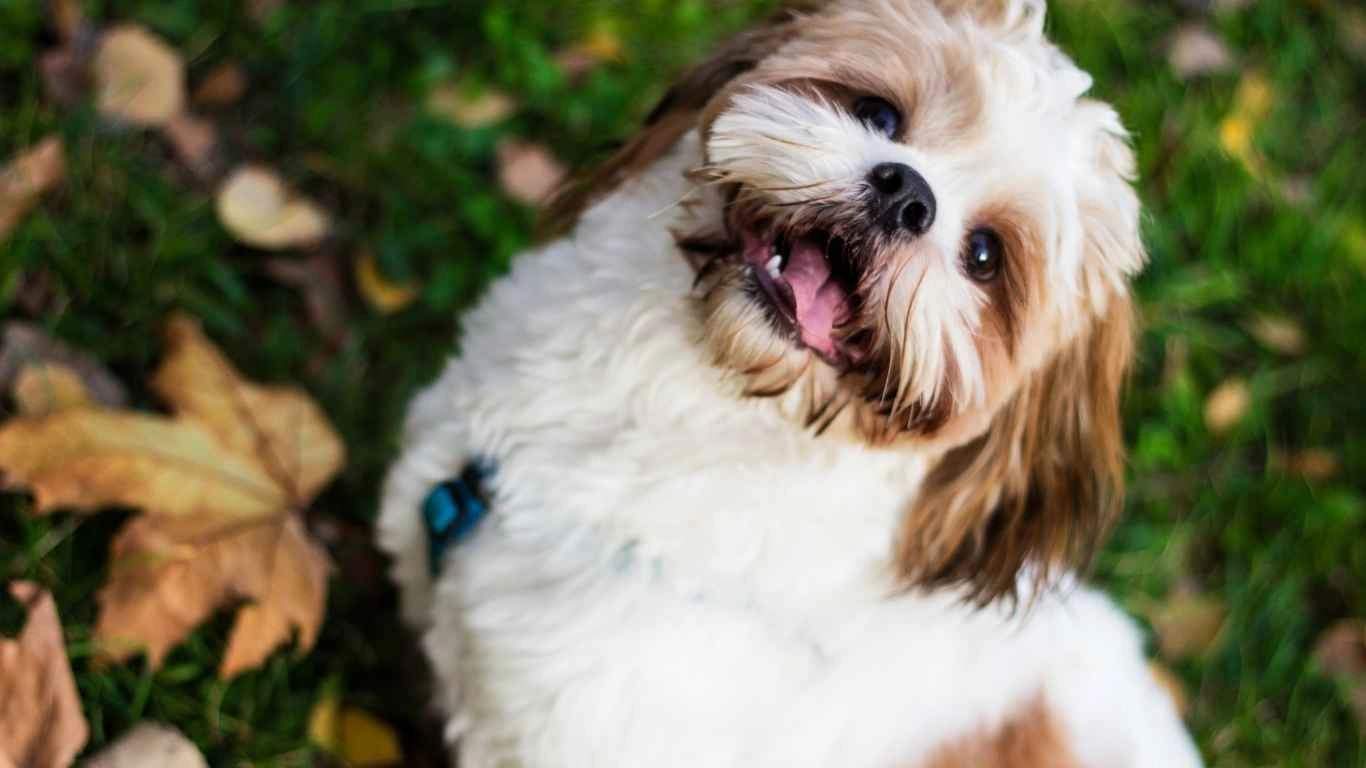
If you want to let your pup in on the chickpea game, you’ve got options. The key is simple and small. Here’s how I typically recommend offering chickpeas to dog parents at the clinic or shelter adopters:
Best Practices for Feeding Chickpeas
- Cooked, plain chickpeas—no spices, oils, or seasoning.
- Mashed or whole, depending on your dog’s size and chewing ability.
- Start with a small amount—just a spoonful mixed into regular food.
- Watch for signs of tummy trouble: gas, bloating, loose stools.
If your dog has never had legumes before, start slow. Every dog is different, and while one might chomp down on chickpeas without issue, another might turn into a four-legged whoopee cushion. Yup, I said it—beans mean farts, folks. You’ve been warned.
Are Chickpeas in Commercial Dog Food a Good Thing?
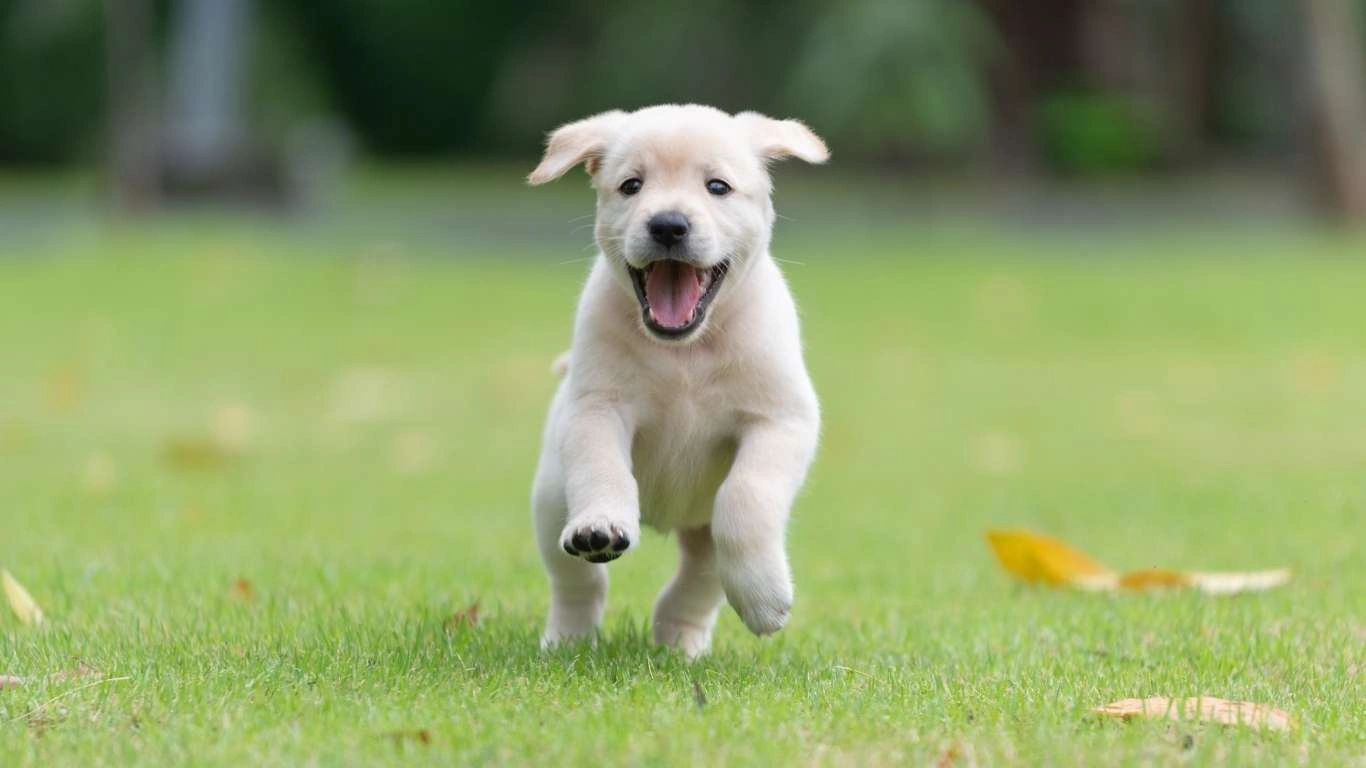
Let’s talk labels. If you’ve ever scanned the ingredients on your dog’s kibble and spotted chickpeas listed, you’re not alone. I get this question all the time: “Is it okay if my dog’s food already has chickpeas?” The short answer? Usually, yes. But like with anything else in the pet food world, it’s not just about what’s in there—it’s about how it’s balanced.
In my experience working with various pet food brands and hearing feedback from clients at the shelter and clinic, chickpeas often show up in grain-free formulas. They’re typically used as a carbohydrate source to replace grains like rice or corn. Sounds good on the surface, especially if your pup has a grain sensitivity. But here’s where it gets tricky.
What to Look Out For
- Overuse of Legumes: If chickpeas, lentils, and peas are the first few ingredients, that’s a red flag. Your dog still needs quality protein sources like chicken, beef, or fish.
- Balance of Nutrients: Chickpeas alone aren’t enough to fuel your dog. A well-rounded formula should have fats, omega-3s, and vitamins too.
- FDA Concerns: Some research has linked high-legume grain-free diets with heart issues like DCM (dilated cardiomyopathy) in certain dogs. Still being studied, but worth keeping on your radar.
We had a case at the clinic—a lovely Border Collie named Scout. His owner was proud of feeding a boutique, grain-free diet heavy in chickpeas and lentils. But Scout was lethargic, losing muscle, and eventually diagnosed with early signs of DCM. Once we switched his food and added taurine supplements, he bounced back. Lesson? Always talk to your vet when changing foods, especially if chickpeas are front and center.
Can Dogs Eat Chickpeas Daily?
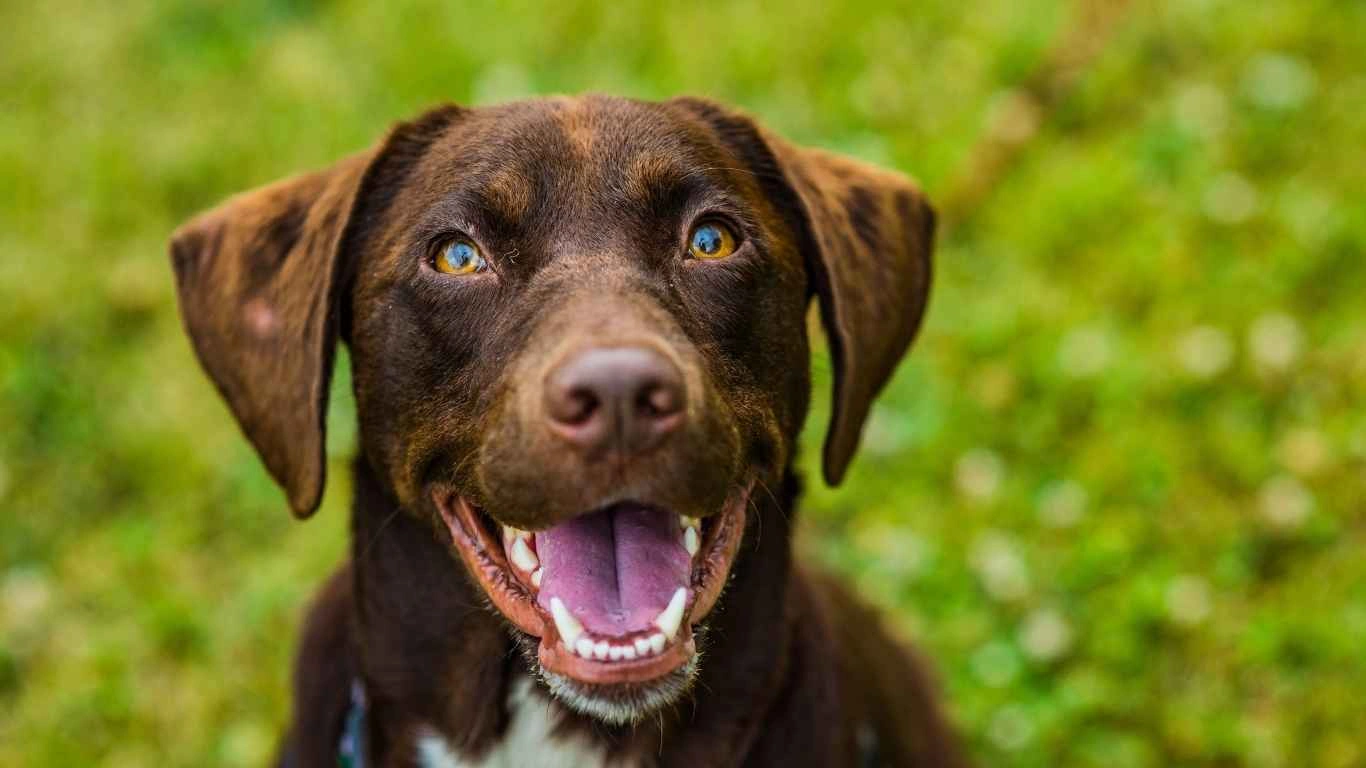
Here’s a question that gets tossed around a lot: Can dogs eat chickpeas every day? Technically, yes… but should they? That’s where things get nuanced. Daily doesn’t always mean healthy—especially if it’s not tailored to your dog’s specific needs.
Think of chickpeas like a side dish. If you’re cooking fresh meals at home for your dog (I know quite a few pet parents who do!), adding a spoonful of cooked chickpeas is perfectly fine. But as the main event? That’s a no from me. Dogs are omnivores, but they still thrive with animal-based proteins making up the bulk of their meals.
Daily Feeding Tips If You’re Going That Route
- Keep it balanced: Combine chickpeas with lean meats, leafy greens, and healthy fats.
- Rotate ingredients: Too much of any one thing—even healthy foods—can create dietary imbalances.
- Check portion size: For small dogs, 1–2 teaspoons is plenty. Larger breeds can handle a tablespoon or two.
- Monitor regularly: If you notice bloating, changes in poop, or behavior shifts, pause the chickpeas and reassess.
I remember this little guy named Benny—a scruffy terrier mix. His mom was big into DIY dog meals, and chickpeas were a staple in her recipes. Over time, Benny developed some serious gas (and trust me, in the exam room, there’s no escaping that). Once she adjusted the ratio and cut back, he improved within a week. Just goes to show—even the good stuff can go sideways when the balance is off.
Alternatives to Chickpeas for Dogs
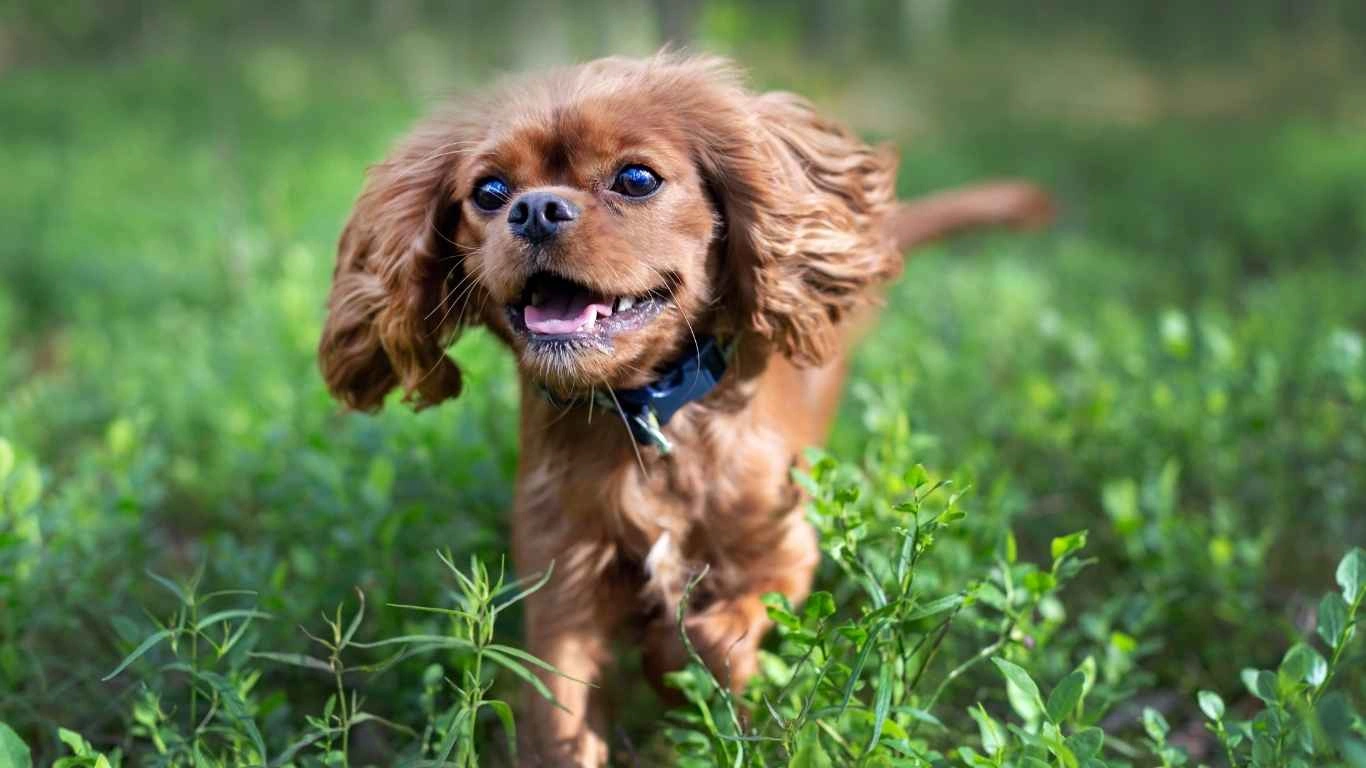
If you’re on the fence or your dog just doesn’t do well with chickpeas, no worries—there are plenty of other healthy, dog-safe foods you can try. Some of these I’ve recommended hundreds of times, and they work beautifully as toppers, training treats, or side ingredients.
Healthy Whole-Food Alternatives
- Sweet Potatoes: Loaded with fiber and beta-carotene. Dogs love the sweetness!
- Pumpkin: Perfect for digestion, especially in pups with sensitive tummies.
- Green Beans: Low-cal, crunchy, and great for dogs watching their waistline.
- Carrots: A crunchy, low-fat snack packed with vitamin A.
- Peas: Another legume, but often easier on the belly than chickpeas.
Personally, I like mixing it up. When I foster dogs—especially those coming from rough situations or with food allergies—I rotate between a few of these. Keeps their meals interesting and gives their systems time to adjust and absorb all those nutrients properly.
Just like us, dogs appreciate variety. It keeps them excited about their meals and can even help avoid food sensitivities from overexposure to the same ingredients. Think of it like this: would you want to eat plain chickpeas every day? Didn’t think so. Your dog feels the same.
Signs Your Dog Might Not Tolerate Chickpeas Well
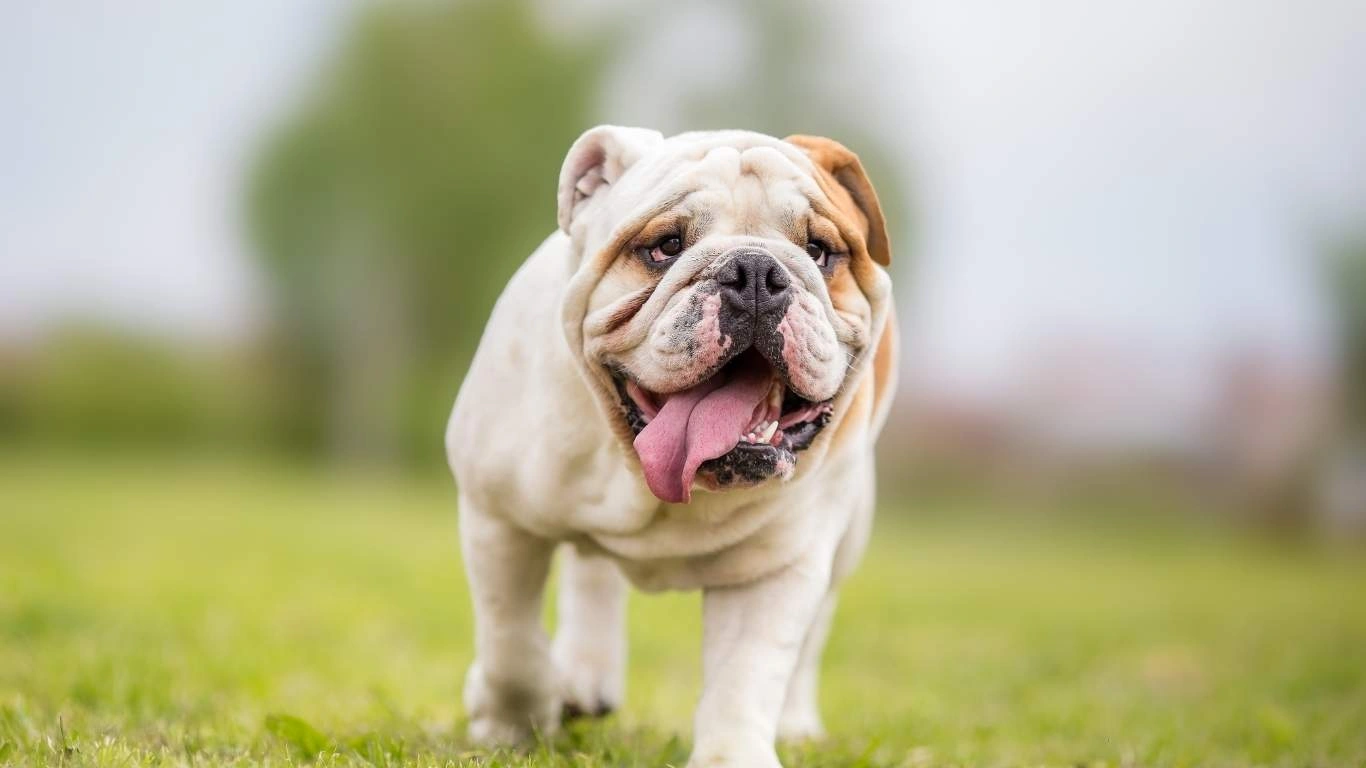
Even with all the potential benefits, not every dog will be a fan—or tolerate chickpeas the same way. Just like humans, dogs have individual digestive systems. Some can handle a bean buffet, others… not so much.
In the clinic, I’ve seen everything from mild gassiness to full-blown GI upset just from a handful of beans. One sweet senior pug, Mabel, had a reaction after trying a new grain-free treat loaded with chickpeas. Within a day, she was bloated, uncomfortable, and dealing with some seriously messy bathroom breaks. After we removed the treats and gave her digestive rest, she bounced back. But it was a good reminder: watch and adjust.
Warning Signs to Watch For
- Increased gas or bloating: Some bloating is expected with legumes, but if it seems excessive or painful, it’s time to stop.
- Loose stools or diarrhea: Too much fiber too quickly is usually the culprit.
- Lack of appetite or vomiting: Could indicate that your pup isn’t digesting chickpeas well.
- Skin irritation or itching: Rare, but food intolerances can sometimes show up in the skin.
If any of these signs pop up, I always recommend pausing the chickpeas and offering a bland diet (like boiled chicken and rice) until things settle. And of course, loop in your vet if symptoms stick around longer than 24-48 hours.
So, Can Dogs Eat Chickpeas? Final Thoughts From the Clinic Floor
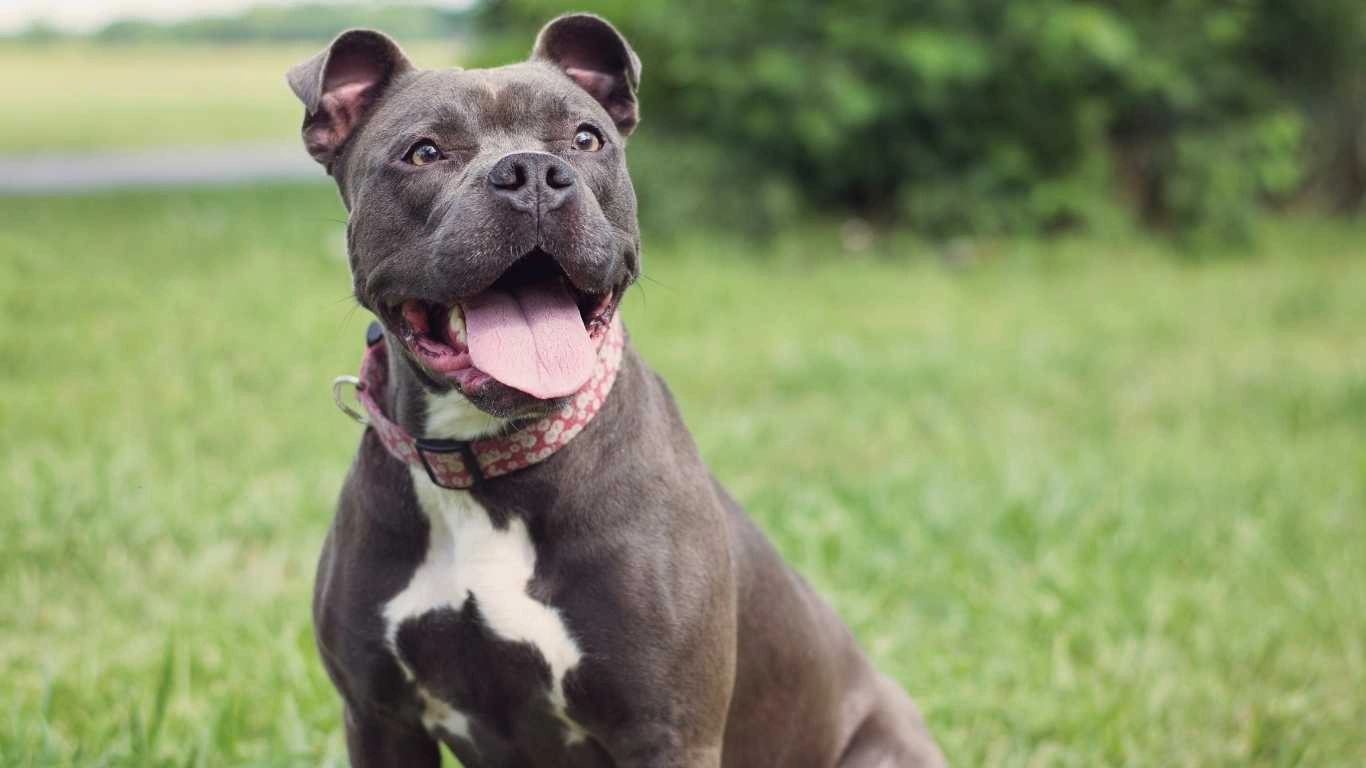
After all this, here’s where I land—as someone who’s worked hands-on with dogs for years in shelters, clinics, and with plenty of pet parents trying to do right by their pups: yes, dogs can eat chickpeas. But, and it’s a big but, only when they’re cooked plain, served in moderation, and not used as a meal replacement.
I love using chickpeas as an occasional meal topper or healthy training treat. They’re affordable, easy to prep, and full of fiber. Just last month, a family I work with started adding mashed chickpeas to their senior dog’s dinner twice a week, and it helped regulate her digestion beautifully. The trick? They kept it simple—no salt, no spices, just steamed and mashed.
Chickpeas Recap – What to Remember
- Cooked, plain, and in moderation? Yes.
- Raw, spiced, or in huge quantities? Nope.
- Grain-free food with chickpeas? Fine, but check the balance of ingredients.
- Sudden tummy issues? Dial it back and talk to your vet.
Every dog is different. What works wonders for one might cause chaos for another. As always, start slow and keep a close eye on how your pup reacts. And if you ever feel unsure, your vet (or someone like me in the animal care field) is just a call away.
Trusted Resources & References
Want to dig deeper into canine nutrition or legume safety in pet diets? Here are a few reliable resources I personally trust and refer to often:
- American Veterinary Medical Association (AVMA)
- U.S. Food and Drug Administration (FDA)
- PetMD
- American Gastroenterological Association
- World Small Animal Veterinary Association (WSAVA)
These sites provide science-backed info and regular updates on topics like canine diet safety, food recalls, and research around ingredients like legumes.
Disclaimer
This article is for educational purposes only and based on my personal experience as an Animal Care Specialist. It should not be taken as veterinary medical advice. Always consult your licensed veterinarian before introducing new foods into your dog’s diet—especially if your dog has existing health conditions, food sensitivities, or is on a prescribed nutrition plan.
